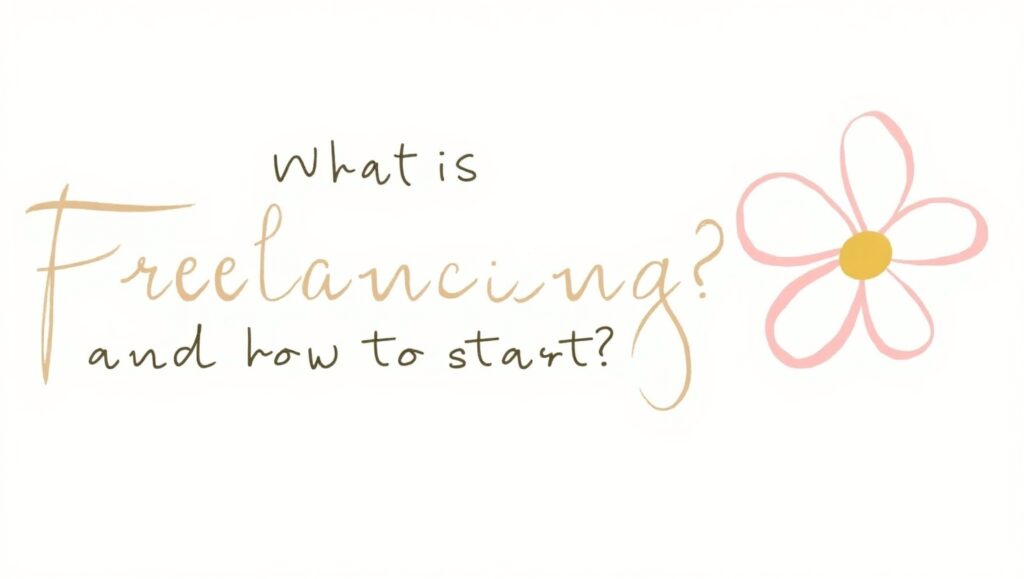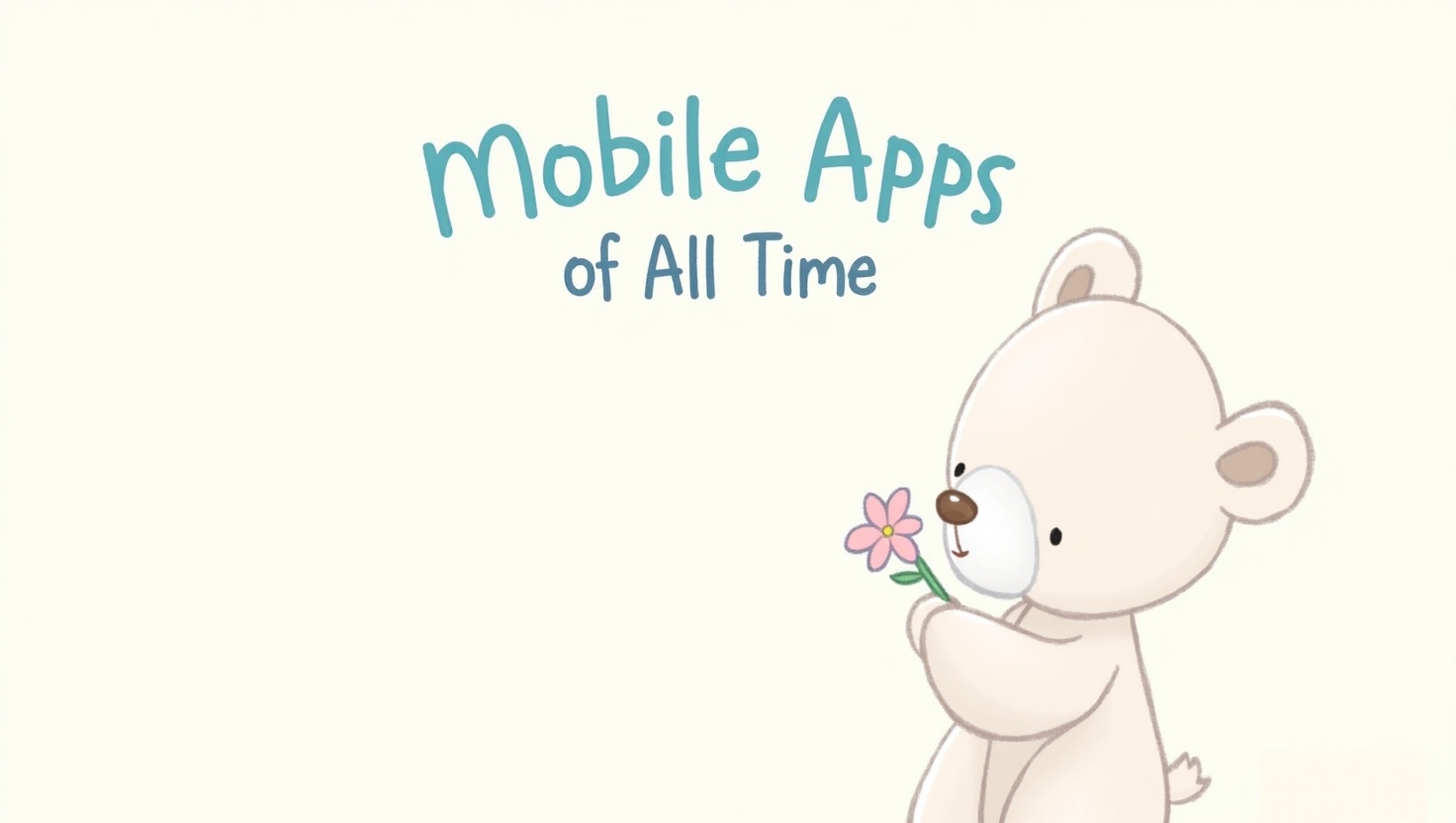In today’s digital age, freelancing has become one of the most popular methods to work freely, earn money online, and develop a flexible career. Whether you’re a student, a stay-at-home parent, or someone wishing to leave the standard 9-to-5 work, freelancing offers freedom and opportunity like never before.
This article describes what freelancing is and provides a step-by-step instruction on how to start freelancing, even if you’re a total newbie.

What Is Freelancing?
Freelancing is a sort of self-employment where individuals sell their talents and services to clients or corporations on a project or contract basis rather than being continuously employed. A freelancer can work with one or more clients at a time and often sets their own hours and pricing.
Freelancers are also known as:
Independent contractors
Remote workers
Gig labourers
Self-employed professionals
Popular Freelance Industries
Freelancing stretches across several businesses. Some of the most in-demand fields include:
Writing and content generation (blog posts, articles, copywriting)
Graphic design and illustration
Web and app development
Digital marketing and SEO
Video editing and animation
Virtual aid and admin support
Translation and transcription
Social media management
If you have a skill that can be done on a computer, chances are you can freelance with it.

Benefits of Freelancing
Freelancing isn’t simply about working from home. It delivers real-life benefits that attract millions of people worldwide:
Flexibility: Set your own schedule and work from anywhere.
Freedom: Choose who to work with and what projects to take.
Earning potential: Charge your own rates and increase your income.
Skill growth: Work on varied tasks and learn consistently.
Work-life balance: Spend more time with family or focus on personal ambitions.
How to Start Freelancing – Step-by-Step Guide
- Identify Your Skills
The first step is to know what you’re good at. Ask yourself: What do I enjoy doing? What skills do I have? Can I solve difficulties for others using these skills? Even if you feel like you don’t have a solid expertise yet, you can learn online through free courses on platforms like Coursera, YouTube, or Udemy. - Choose a Freelance Niche
Instead of being a generalist, pick a niche. For example: Instead of just “writing,” consider “blog writing for travel websites.” Instead of “design,” try “logo design for small businesses.” Focusing on a topic helps you stand out and attract the correct clientele. - Build a Portfolio
Clients want confirmation that you can deliver. If you’re new and don’t have client work yet: Create sample projects. Offer your services for free or at a lesser fee to acquire testimonials. Start a blog or personal website to promote your work. Platforms like Behance, Dribbble, or your own portfolio site are great for this.
Create Freelance Profiles on Marketplaces
Join platforms where clients are already looking for freelancers. The most popular freelance websites include: Upwork Fiverr Freelancer Toptal PeoplePerHour Guru Make sure your profile: Highlights your skills and niche Includes a professional photo Describes how you help clients Contains work samples or a portfolio- Start Applying for Jobs or Gigs
Don’t wait for clients to come to you — aggressively apply for jobs. Write personalized proposals that show you understand the client’s demands and explain how you can help. Tips: Keep it short and to the point. Focus on how you will fix their situation. Show samples related to their project. - Set Your Rates
In the beginning, you may charge cheaper fees to build your profile. But as you gain expertise and reviews, you can increase your fees. Some freelancers charge per hour, while others charge per project. Choose what works best for your service. - Deliver Quality and Communicate Well
Success in freelancing depends on how effectively you: Deliver on time Communicate with clients Maintain professionalism Happy clients typically come back with more work or refer you to others. Common Challenges in Freelancing (And How to Overcome Them)
Finding clients: Be constant with applying and marketing your services on social media or through networking. Irregular income: Budget properly and develop savings to manage sluggish months. Time management: Use apps like Trello, Asana, or Google Calendar to keep organized. Work-life balance: Set boundaries and build a regular routine

Conclusion
Freelancing is more than a trend – it’s a powerful career choice in the current world. It allows you the ability to be your own boss, work from anywhere, and construct a life on your terms. While the beginning may be sluggish, consistency, learning, and offering value to clients will take you far. So, whether you’re trying to earn extra income or establish a full-time freelancing job, the best time to start is now. SEO Keywords: What is freelancing, how to start freelancing, freelance jobs for beginners, freelance career guide, freelancing advice, work from home, make money online, Upwork freelancer tips, freelance platforms, benefits of freelancing .



